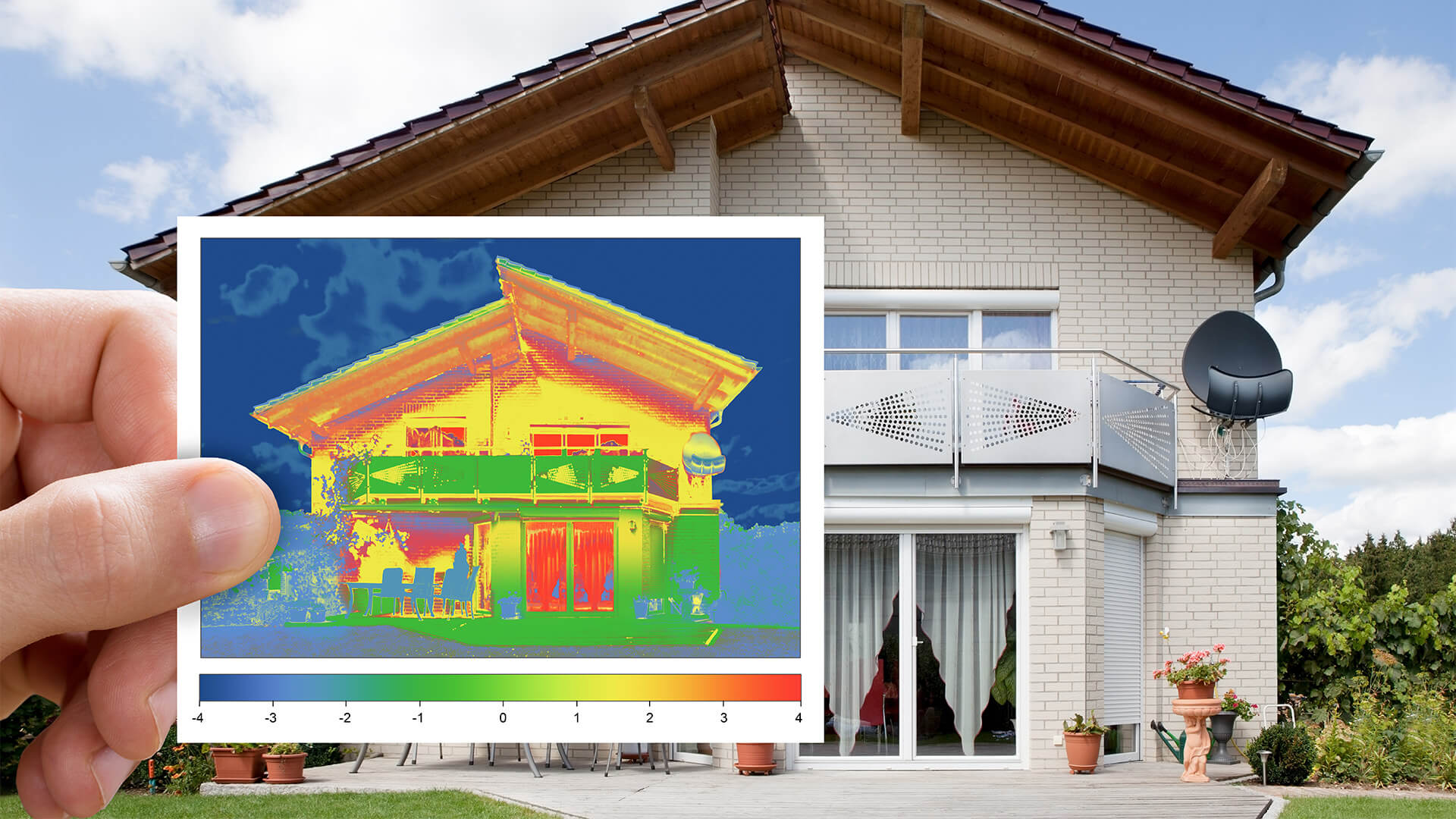Older homes weren’t designed with energy efficiency in mind. Openings were used to create proper ventilation and cooling, for example. This leads to a loss of energy and also impacts the environment. Here are some of the ways old houses lose energy and how to address it.
1. Leaky Air Ducts
Ducts are essential for moving heat throughout your home. However, they can often suffer from leaks or gaps due to improper installation. Many older homes have worn-down structures, leading to these issues.
As less warm air enters the room, the temperature becomes uncomfortable. This causes people to raise the thermostat, leading to higher bills and wasted energy. So, repairing any cracks in the structure can keep air from escaping. You can place tape over all the supply and return registers if you’re handy. However, hiring a professional can save you time and stress.
2. Windows and Doors
Improper window seals and openings from doors can lead to energy loss. In fact, a home can lose about 10% of its heat through casements. The gaps make it easy for warm air to escape in the winter and enter in the summer. This causes your air conditioner to work harder, wasting more power.
Updating the weather stripping in older casements and doors can prevent heat loss. Also, adding heavier curtains can keep the historic aesthetic and provide better insulation — a win-win for homeowners with older but beautiful home features.
In addition, take time to research and understand energy savings based on heat load and heat loss. With this information, you can buy more energy-efficient materials and tweak your entryway designs accordingly.
3. Outdated Appliances
Many older homes came with appliances that use tons of electricity. However, Energy Star-rated products seen in modern properties save energy. A 20-year-old refrigerator uses about 1,700 kWh of electricity, but an Energy Star-approved model uses about 450 kWh.
Another issue with older appliances is that they may have worn-down parts. If so, the machine has to use more power to run efficiently.
Also, appliances and devices left plugged in can waste power even when they’re not being used. Switching to energy-efficient appliances and unplugging them between uses reduces a homeowner’s carbon footprint.
4. Less Energy-Efficient Lighting
Proper lighting can brighten up any space and make it feel more welcoming. However, this is a significant portion of a homeowner’s expenses. In fact, lighting accounts for about 15% of an average home’s electricity use.
Many historic properties have incandescent lights, which are less energy-efficient than LED bulbs. So, add LED bulbs to high-traffic areas. Doing so reduces homeowners’ monthly expenses and helps the environment.
5. No Insulation
Another thing to pay attention to is that improperly sealed air can escape.
Insulation is a popular upgrade for modern houses. Yet, some older residences may not have this feature. Insulation keeps the home at a consistent temperature by preventing excessive heat loss. It also acts as a barrier to warm air in the summer so you can lower your thermostat.
Attics, basements, walls, and roofs are excellent places to insulate. This can lower a homeowner’s energy bill by up to 20%. When choosing the right type of insulation, look for one with a higher R-value.
6. Fireplaces
Many historical homes have fireplaces, which were often a family’s primary heat source. However, these can waste tons of energy. The heat can escape from the chimney if the flue is not closed correctly or doesn’t fit right. In fact, you can lose about 80-90% of heat from the chimney.
Another issue is that the inside air from the room is also pulled up through the fireplace. The vent creates an opening, causing more air to escape and your HVAC system to work harder. So, properly sealing the shaft can prevent heat loss and save money.
7. Floor, Walls, and Ceilings
In older homes, floors and walls may have more cracks or exposed openings. These can allow air to escape without someone even noticing. The best thing is to repair or replace outdated flooring and add insulation.
Blown insulation is good because of its fire resistance and soundproofing qualities. Hire a professional to conduct an energy assessment. They can help determine the type of insulation and where to add it.
8. Outdated HVAC Units
Some older machines may have inefficient parts, like motors. This can waste energy and lead to costly repairs. However, modern upgrades such as programmable thermostats can allow for better temperature control.
Homeowners can keep the house cool without opening windows and letting air escape. Using renewable energy sources, like geothermal and solar, reduces our reliance on fossil fuels. For example, homeowners can install geothermal pumps or solar panels.
9. Water-Intensive Fixtures
Leaky pipes and older faucets can use tons of water, and it takes significant energy to heat the water. So, switching to low-flow showerheads and tankless water heaters can help with this.
These only use about 1.5 gallons of water per minute instead of the standard 2.5. There are two types to choose from: laminar flow and aerating. Laminar produces separate streams of water, but aerating heads mix air and water.
10. The Stove
Many open fireplaces used for cooking lose heat from the chimney and pollute the air. Wood-burning stoves help keep the heat sealed inside. They also use less fuel and radiate warmth throughout the room efficiently.
They also use renewable energy and create fewer smoke emissions. So, these still provide a cozy aesthetic while helping the environment.
Energy Loss in Historic Homes
Older houses have beautiful character and style, but they tend to waste tons of energy with outdated systems and features. Modern upgrades can help conserve power and lower homeowners’ bills.
By Evelyn Long, Editor-in-Chief of Renovated.

































